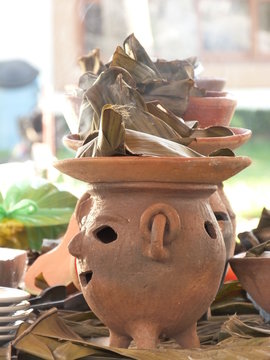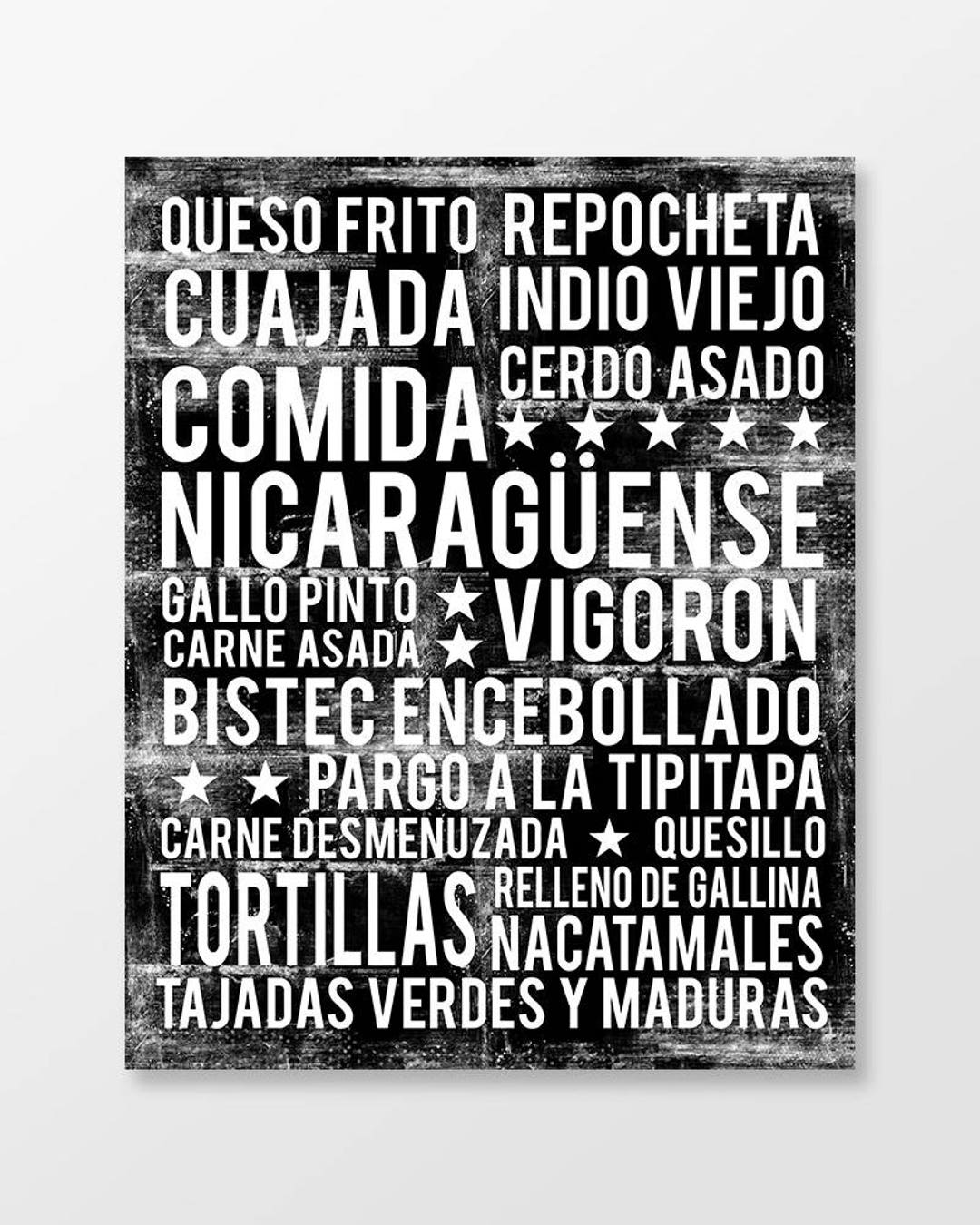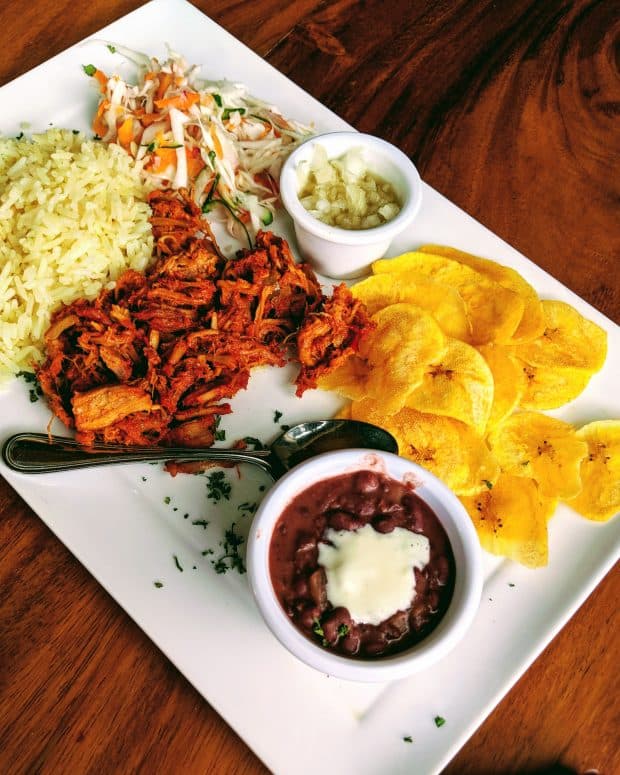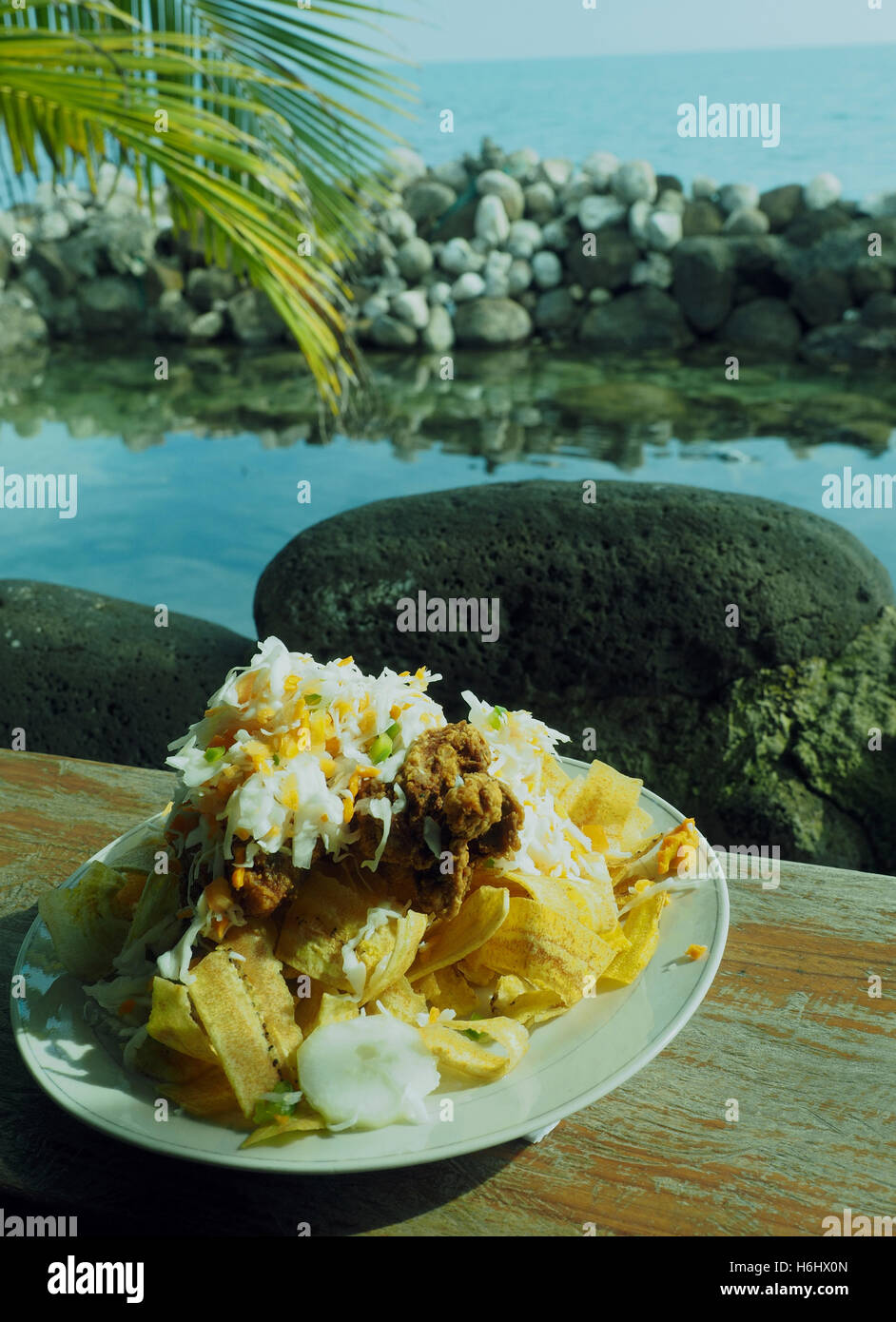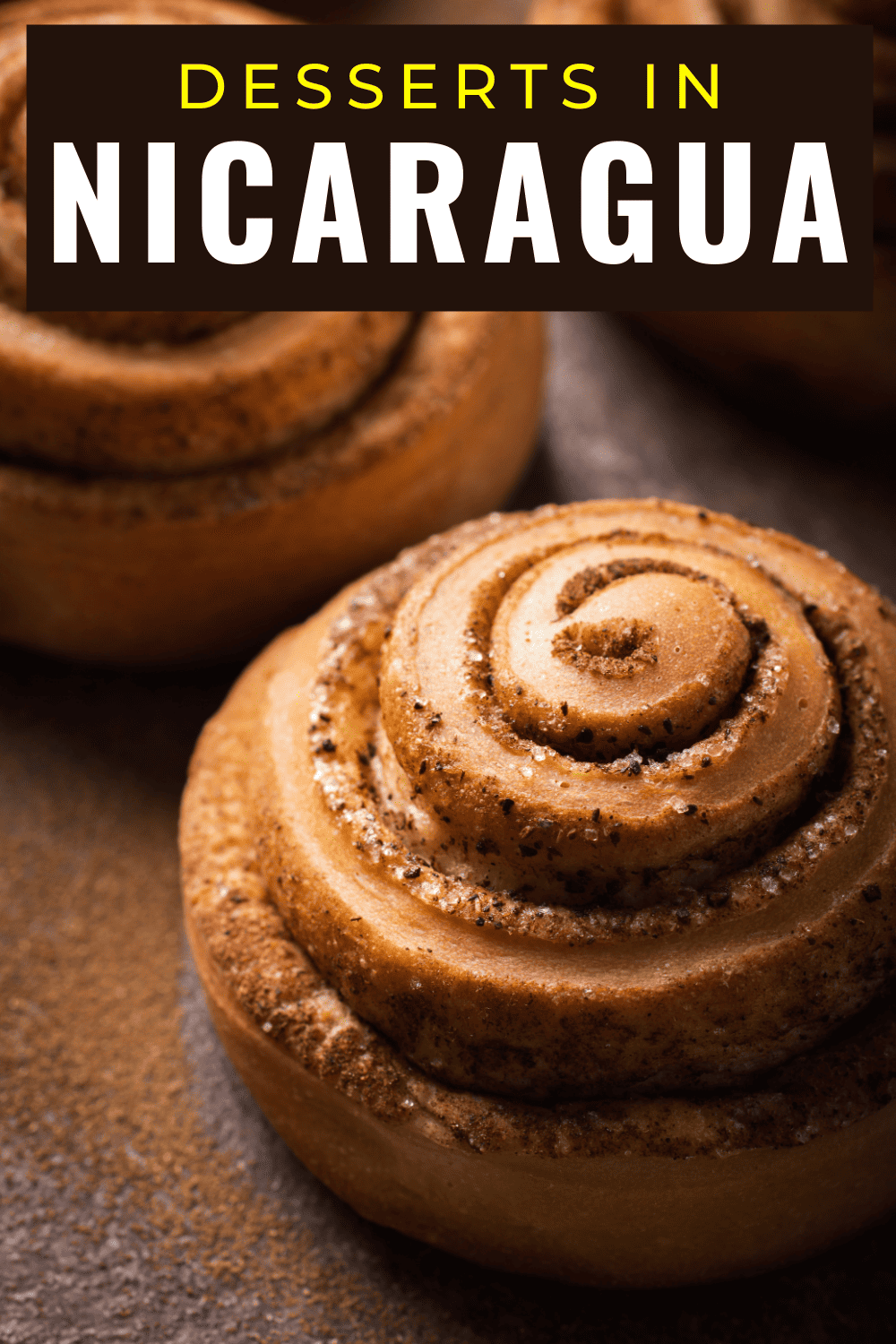What does Nicaraguan cuisine truly offer? Is it a hidden gem in the culinary world, waiting to be discovered by adventurous food enthusiasts? The answer lies in its vibrant flavors and diverse offerings. Nicaragua's food scene is nothing short of extraordinary, blending indigenous traditions with modern influences. From the bustling streets of Managua to the serene beaches of San Juan del Sur, Nicaragua presents a gastronomic journey that captivates the senses. Whether you're indulging in hearty nacatamales or savoring the delicate balance of flavors in gallo pinto, each dish tells a story of cultural heritage and culinary innovation.
Nicaragua's reputation as a paradise for vegans is growing rapidly. During my recent visit, I attended an exceptional yoga retreat organized by Karuna Collective. Beyond the spiritual experience, the retreat offered a delightful array of vegan dishes that highlighted the country's rich agricultural bounty. Each meal was not only nutritious but also a celebration of local produce. Among the highlights were fresh tropical fruits, flavorful bean dishes, and innovative plant-based creations that catered to every palate. It’s clear that Nicaragua is paving the way for sustainable and health-conscious dining options, making it a must-visit destination for those seeking authentic, plant-based experiences.
| Name | Johanna Smith |
|---|---|
| Date of Birth | March 12, 1985 |
| Place of Birth | Managua, Nicaragua |
| Career | Chef & Food Blogger |
| Professional Information | Specializes in Nicaraguan Cuisine; Founder of Hot For Food |
| Website | Hot For Food Blog |
Despite its burgeoning reputation, Nicaraguan cuisine remains somewhat enigmatic to outsiders. While Thai food dazzles with its intricate spice combinations and aromatic broths, Nicaraguan dishes are grounded in simplicity yet deeply satisfying. Traditional staples like gallo pinto—a mixture of rice and beans—offer comfort and sustenance. Nacatamales, on the other hand, are steamed corn dough parcels filled with meat, vegetables, and spices, reflecting the country's mestizo heritage. These dishes might lack the flamboyance of international cuisines, but their authenticity resonates deeply with locals and visitors alike.
For those eager to explore beyond the basics, vigorón stands out as a quintessential Nicaraguan delicacy. Comprising yuca, chicharrón (fried pork rinds), and curtido (a tangy cabbage slaw), this dish exemplifies the bold contrasts found in Nicaraguan cooking. Another notable mention is chancho con yuca, where tender pork is slow-cooked alongside starchy cassava, creating a harmonious blend of textures and flavors. Such dishes underscore the importance of locally sourced ingredients in shaping the nation's culinary identity.
However, navigating Nicaraguan cuisine isn't without its challenges. Travelers occasionally encounter unexpected hurdles, such as food poisoning—an unfortunate reality that can mar even the most exciting trips. A poignant narrative recounts one traveler's experience in León, where illness became both a test of resilience and a lesson in gratitude. Amidst discomfort, the episode reinforced the value of embracing life's unpredictability, whether through culinary adventures or personal growth.
On a broader scale, Nicaragua's approach to agriculture and food systems reflects its commitment to sustainability. Agroecology has been gaining traction since the 1980s, transforming farming practices across the country. By prioritizing ecological principles, farmers aim to enhance biodiversity, reduce chemical inputs, and promote long-term soil health. This shift aligns with global efforts to create more resilient food systems capable of addressing climate change and food security concerns. As agroecology becomes embedded in national policies, Nicaragua serves as a model for integrating traditional knowledge with scientific advancements.
In addition to these developments, regulatory frameworks play a crucial role in shaping Nicaragua's food landscape. Import regulations ensure compliance with safety standards while protecting domestic producers from unfair competition. Although significant changes have been minimal in recent years, existing laws provide clarity regarding acceptable additives, labeling requirements, and quarantine procedures. For exporters and importers alike, understanding these nuances facilitates smoother transactions and fosters trust among trading partners.
As interest in Nicaraguan cuisine continues to grow, so too does the need for comprehensive guides tailored to curious travelers. Exploring Nicaraguan food involves more than sampling popular dishes; it entails immersing oneself in the culture surrounding them. From street vendors offering freshly prepared snacks to upscale restaurants reinterpreting classic recipes, opportunities abound for meaningful interactions with local communities. Visitors often leave with newfound appreciation not just for what they've eaten but also for the people who prepare it.
Ultimately, Nicaragua's culinary tapestry reveals much about its history, values, and aspirations. Through its emphasis on fresh ingredients, communal dining traditions, and evolving agricultural practices, the country demonstrates how food can unite individuals under shared ideals. Whether enjoyed during a tranquil beachside lunch or amidst lively city markets, Nicaraguan meals promise moments of connection and discovery. So next time you plan your Central American getaway, remember: there's far more to Nicaragua than meets the eye—or the taste buds!
